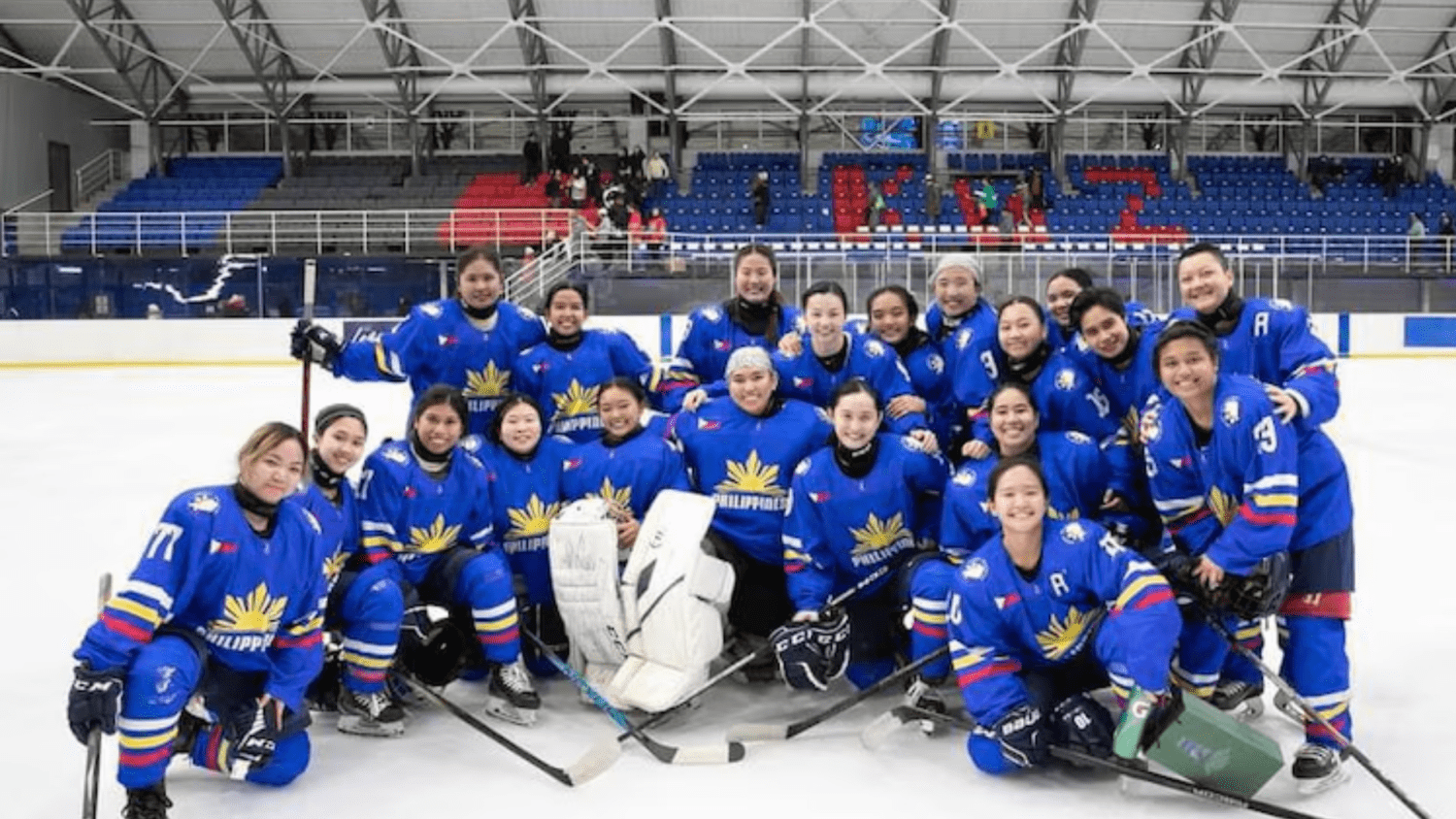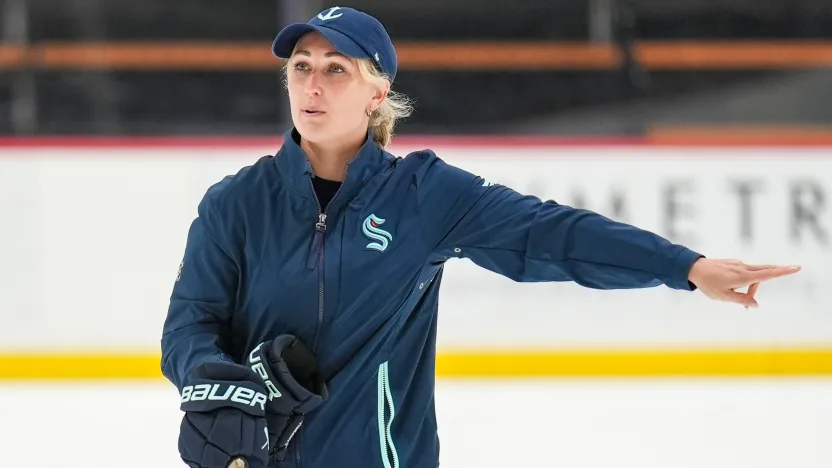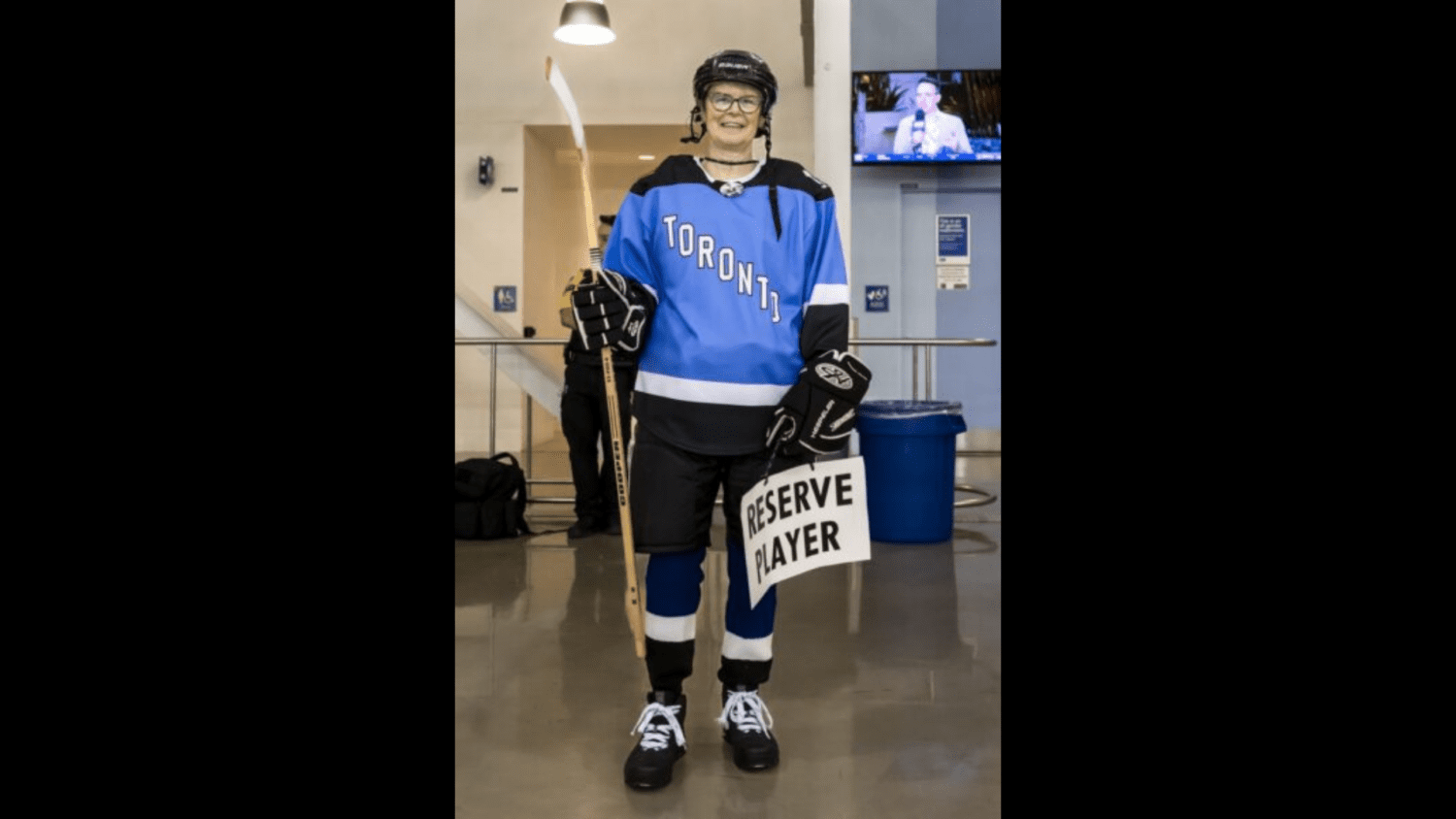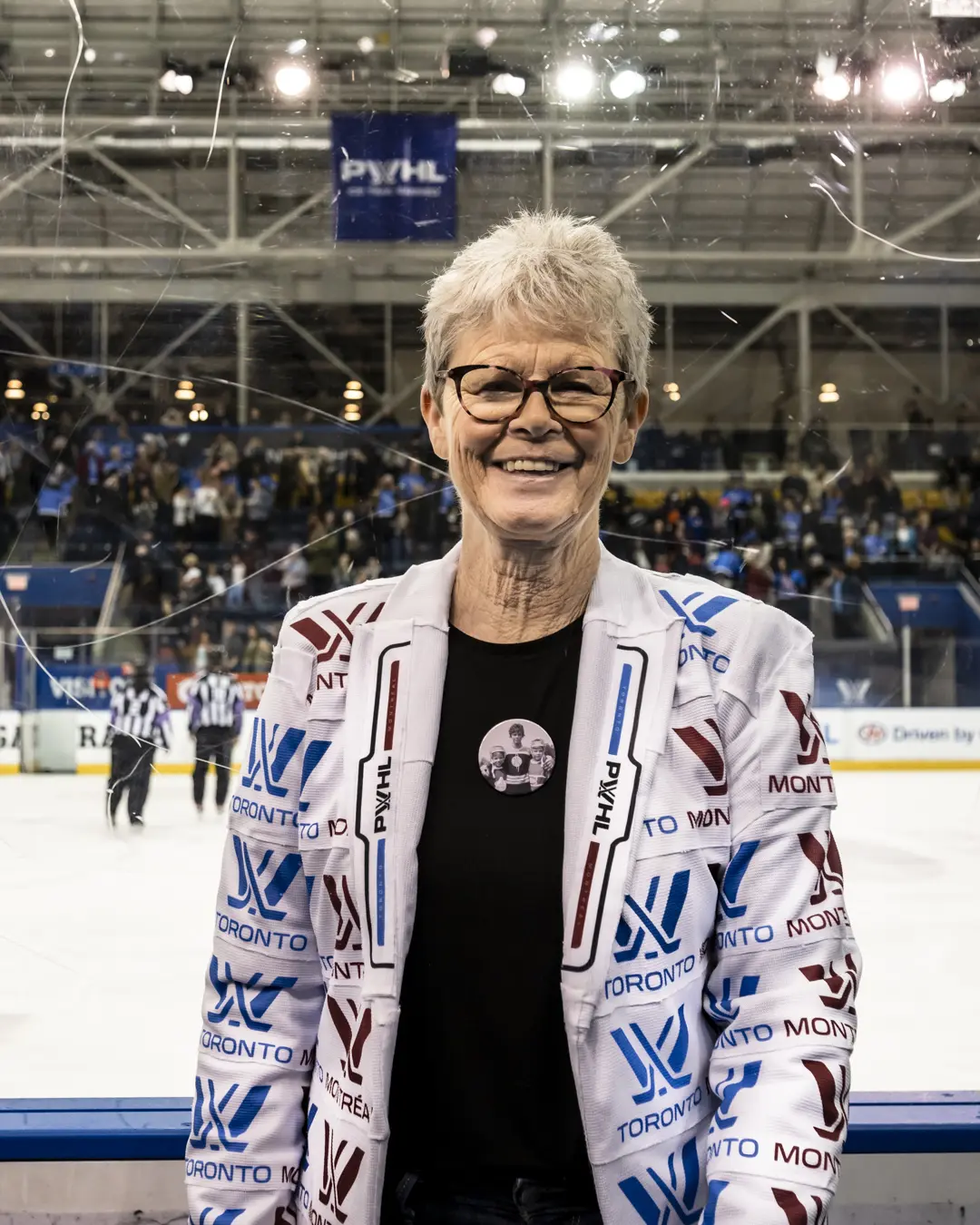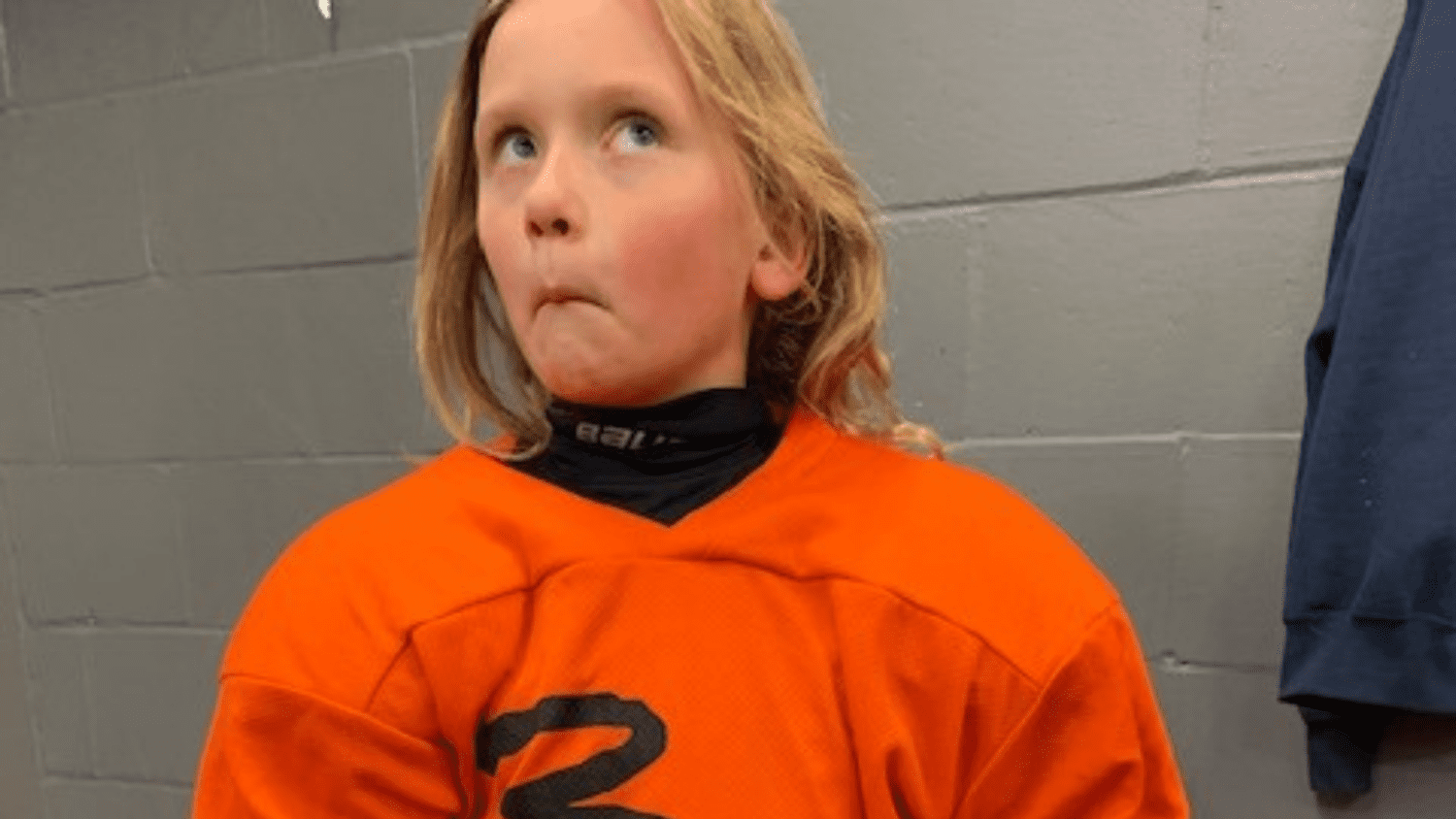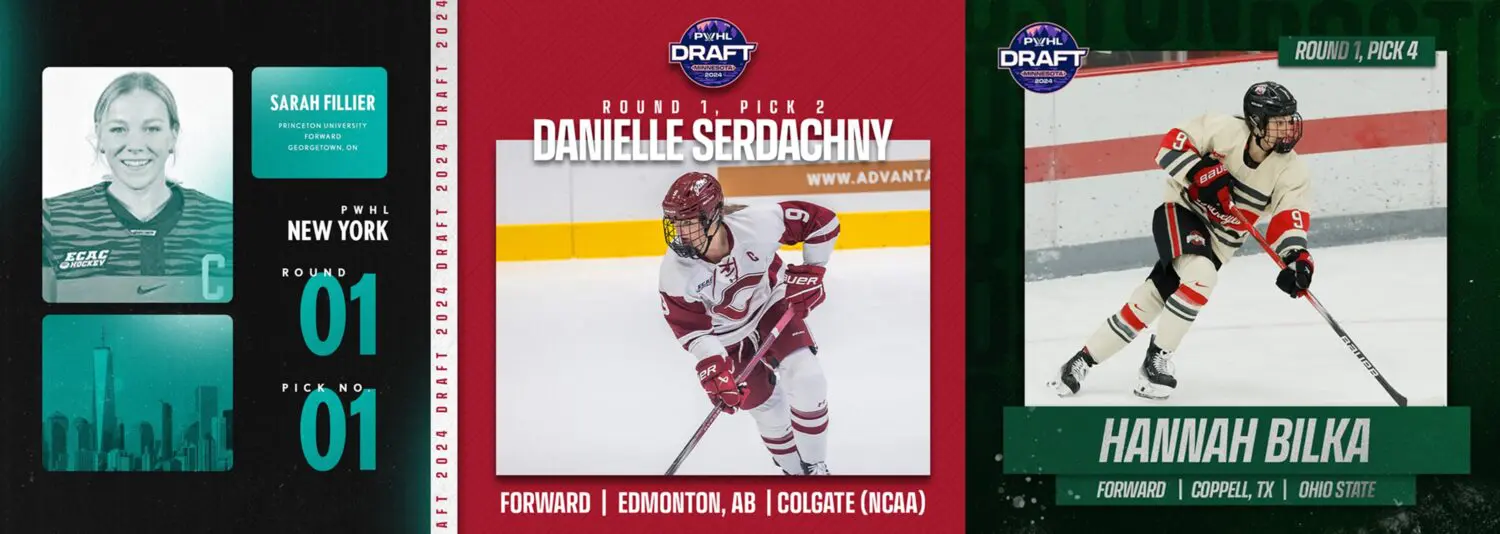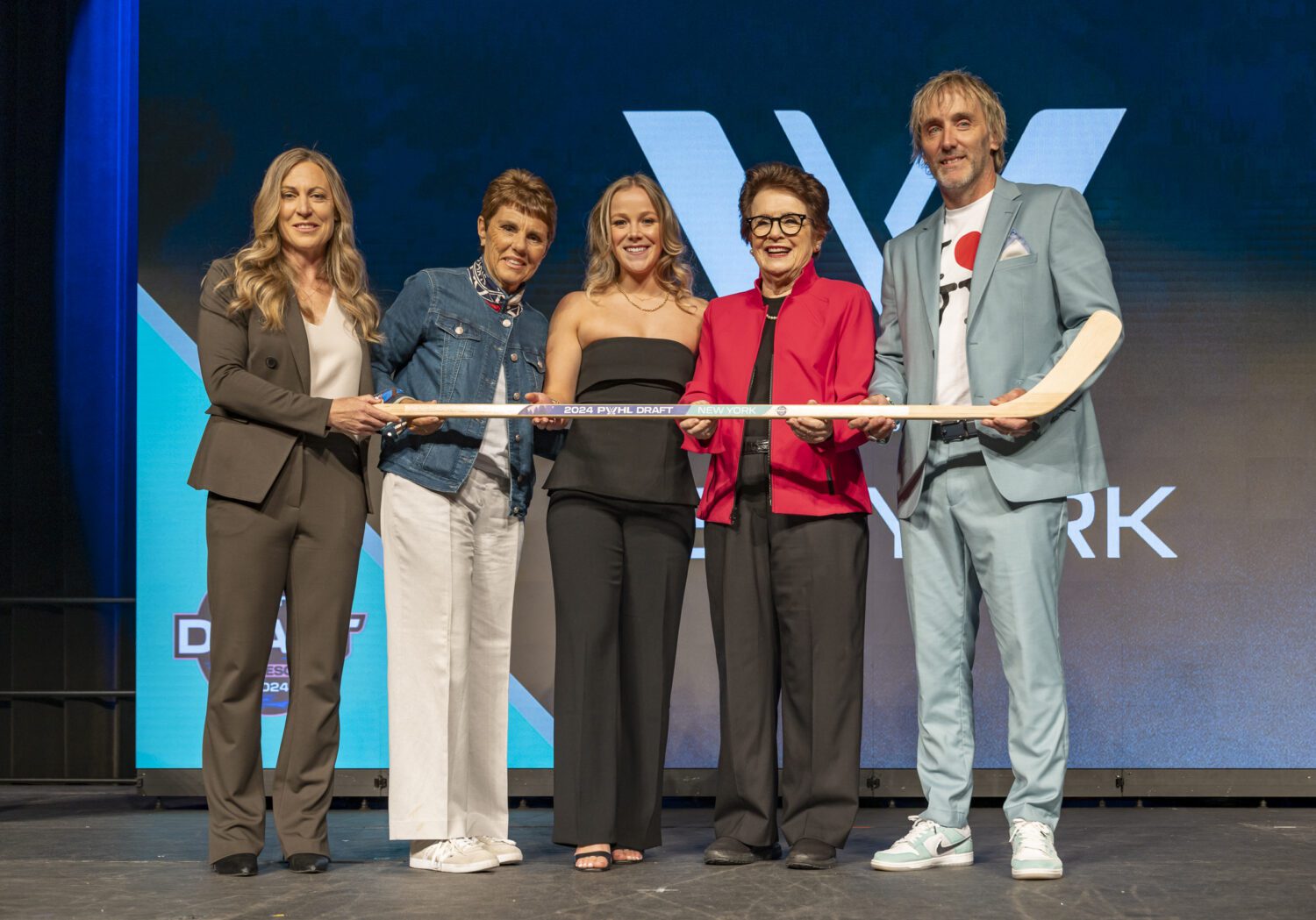It’s not every day that a team lines up in front of you and bows after practice. This was common practice in North Korea, and one of many overwhelming moments I was experiencing only a few days into my first trip in this fascinating country. At the end of practice, the players would gather around me, listen to my post-practice spiel and then form a line. They’d bow as a sign of respect and appreciation to the coach. I had never experienced anything like this, it was a powerful gesture. This team is a team I fell in love with, and it was love at first sight.
This team was the North Korean Women’s National Team, whom I’ve had the chance to train in preparation for their world championships in 2018 and 2019. Unfortunately, their 2020 tournament scheduled to be played in Spain was canceled due to the COVID-19 pandemic. I was penciled in as an Assistant Coach, on the bench, for the event.
I was warming up outside the Bingsangwan arena, in Pyongyang, North Korea with the men’s national team when I first got a glimpse of the women’s team arriving to the arena. Walking in pairs at a slow pace, they wore long silver coats and were the most elegant group I had ever seen.
This team is ranked 28th internationally by the IIHF and faces one challenge after the other. In 2009, DPR Korea was ranked 18th in the world. In 2011, after withdrawing their participation from the world championships, they dropped down to 31st, a thirteen-place drop, and were relegated to Division III (now Division II A). It’s been an uphill battle ever since, but the efforts are there and their will to climb back up is stronger than ever. With less than 1000 female players in the country, most of whom are under sixteen, the lack of exposure to international and professional hockey, and being on a tight budget, the team still manages to perform fairly well internationally.
The women are small but are strong skaters. The first two lines are fast and highly skilled, while the other two lines are comprised of younger, less experienced players. The team plays in units of five with the same three forwards and the same two defencemen. You don’t see this much at any level of hockey anymore. Due to a serious lack of exposure, hockey in North Korea hasn’t evolved much since the Russians left, to never come back, in the late 1950s.
Their first two lines are also their two power play units. This is one of the reasons why I worry about the third and fourth lines, the younger players, and player development in general. They don’t get to play on the power play and the penalty kill and lack playing time in general. The gap between their top and bottom two lines increases instead of decreasing.
The women’s team was challenging for me, as with every other practice during my stay. I knew I’d bring something new to the table, but I wanted to make sure to please everyone, which isn’t necessarily the best way to do things. But this is North Korea, things are different, mindsets are different, and we know nothing about each other. We needed to feel each other out first.
I could tell from the get-go that their practices were mostly the same every day. It looked like it was routine to them. I wanted to spice it up a bit, make it exciting. The Bingsangwan ice was huge and the women looked tiny on it, so there was plenty of space on the ice to get creative.
The women were a cheerful bunch to work with. They were all kind and were such good teammates to each other—they truly cared about each other. They lived every moment together, spent the day at the rink with each other and spent their free time together as well. When I asked them about what they did in their free time, they said they go for walks. They were quiet, but fun.
One of the things that stood out to me was their cheerfulness. At practice, when one of them scored or executed a nice play or a nice move, the girls—all of them—would cheer and tap their sticks on the ice. It was surreal. Once, a player went hard to the net, lost her edge and crashed into the goal post. Everything stopped and they went to check on her. She got up and all the girls cheered for her. Back home, I don’t know how much teammates really care for each other, but they don’t show it like they do in North Korea.
Did I say the players were very cheerful?
Of course, I did. I love that about them. Well, here’s another little fun fact. Every time I’d blow the whistle to start a drill or a rep, all of them yelled “Huei!” which means “Hooray!” On every single whistle. They did it at off-ice too, before sprints and stuff. They would do it every single time. I got a kick out of it and it never got old.
Just like every other Korean athlete I’d meet during my stay, the women were incredibly respectful. At the end of each practice, they would form two lines, tap their sticks and bow.
If growing the sport in North Korea wasn’t hard enough, mainly due to little outside exposure to professional hockey, a system-oriented game structure, lack of information, and the shortage of proper equipment isn’t helping. This was never more evident than a couple of examples during a practice I ran with the women’s team:
One of the younger players shot a puck at practice that hit the crossbar and flew into the seats. After practice, she got off the ice, took her helmet and gloves off, put her skate guards on, and jumped over the railing and into the stands to get her puck. I observed her from a distance and could see her looking around for more. She ended up walking the entire distance around the rink, in her skates, looking for lost pucks. She came back with three. I kept an eye out after practice and it turns out that players go looking for pucks in the stands after every single practice. It may seem like a meaningless move but later that night at the youth practice, we didn’t even have enough pucks for everyone. Of the things we take for granted at home, pucks are definitely on top of the list.
Another time, a player was waiting for her turn in the drill with no stick. I called Jin-A, my translator, in quickly and had her ask where her stick was.
“It’s broken,” she said.
“Don’t you have another one in the locker room?” I asked.
“No.”
“So… you don’t have a stick?”
“No.”
“Here, take mine.”
I sent Jin-A to get my backup stick in our locker room, and then offered it to her.
“Keep it. It’s yours.”
Her face lit up, and I felt happy and at peace with my move. I was broke but I had to do it. They didn’t have enough sticks for everyone. I looked around and saw a few of the younger players didn’t have their own sticks either. They didn’t have enough tape or skate laces to go around either—all little things that we take for granted back home.
I haven’t been with the team since March of 2019 and I miss them very, very much. I can honestly say that I think of them at some point during my day, every single day. Some teams you just have a deep connection with, and this is one of them.
– Francois Lemay
Grand Forks, North Dakota
Author of “If I Ever Make it Back // Coaching Hockey in North Korea” (2020)
[adrotate group=”1″]
Related Articles
Categories
Recent Posts
[adrotate group=”2″]


